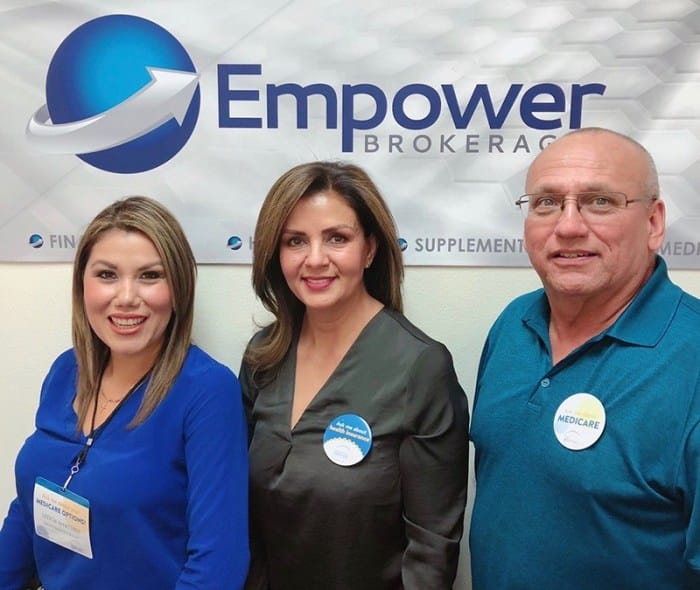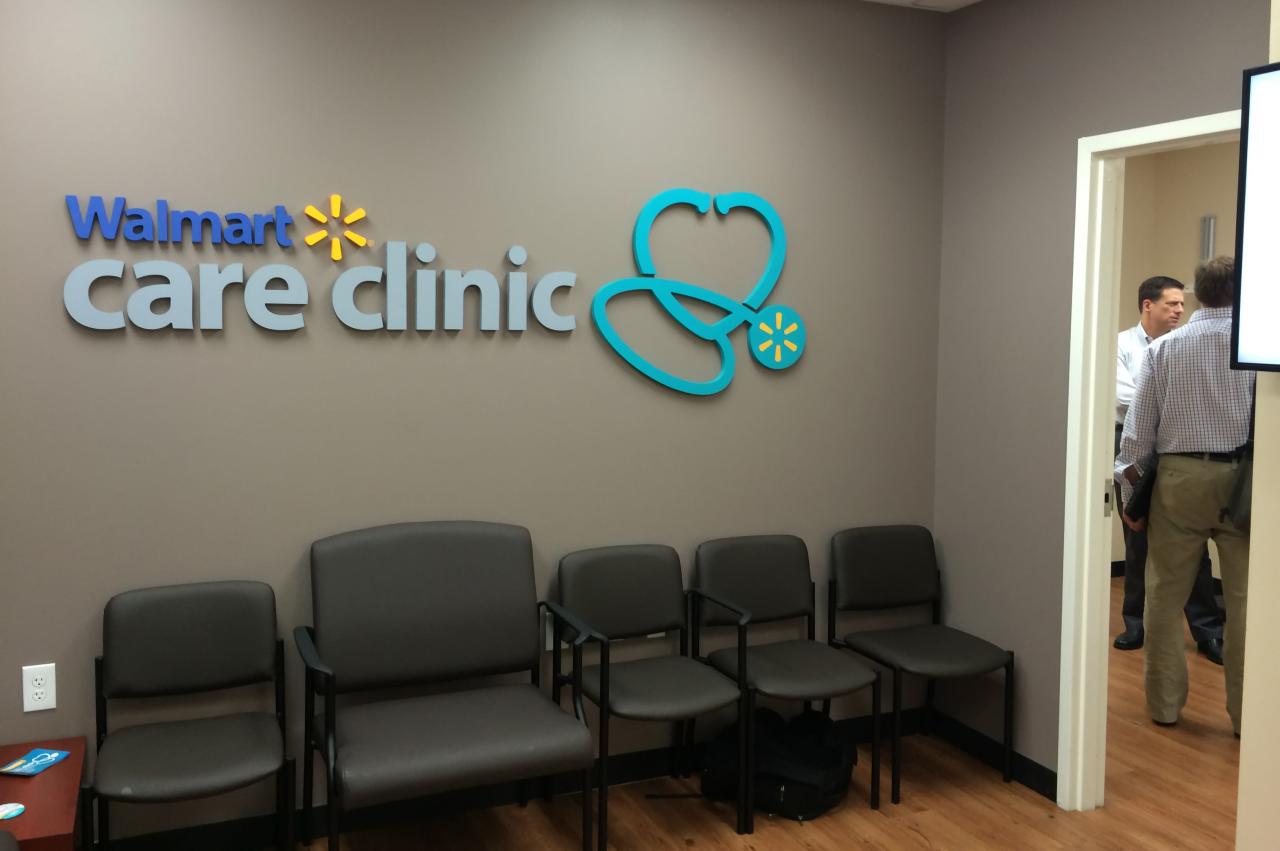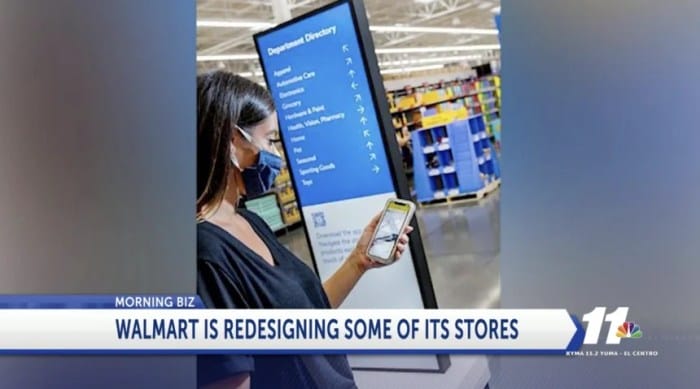In the realm of insurance, Walmart kiosks serve as crucial touchpoints, connecting customers with knowledgeable agents who guide them through the complexities of securing coverage. These agents, armed with expertise and empathy, play a pivotal role in ensuring customers make informed decisions, safeguarding their financial well-being.
This comprehensive guide delves into the art of excelling as an insurance agent at a Walmart kiosk, empowering you to deliver exceptional service and build lasting relationships with customers.
As a Walmart kiosk insurance agent, you stand at the forefront of customer interaction, serving as the face of the company and the gatekeeper of trust. Your ability to connect with customers, understand their needs, and present tailored solutions determines their perception of the entire insurance experience.
Embark on this journey with us as we explore the intricacies of becoming a successful insurance agent at a Walmart kiosk, leaving an indelible mark on the lives of those you serve.
Welcoming Customers
Establishing a welcoming and positive atmosphere is crucial for insurance agents at Walmart kiosks. By creating a comfortable and approachable environment, agents can make customers feel at ease and more receptive to discussing their insurance needs.
To achieve this, agents should adopt a warm and friendly demeanor, greeting customers with a genuine smile and a welcoming tone of voice. They should also make an effort to establish rapport by asking open-ended questions and actively listening to customers’ concerns and requirements.
Demonstrating Empathy and Understanding
Empathy and understanding are key qualities that insurance agents should possess. By showing genuine concern for customers’ situations and demonstrating a willingness to help, agents can build trust and credibility. This can be achieved through active listening, maintaining eye contact, and using body language that conveys empathy.
Understanding Customer Needs

To provide tailored insurance solutions, it’s crucial to understand each customer’s unique requirements. This involves asking probing questions to identify their specific insurance needs, risk tolerance, financial situation, and long-term goals. By analyzing their current coverage, you can pinpoint any gaps or areas for improvement, ensuring a comprehensive and suitable insurance plan.
Questions to Ask
- What are your primary insurance concerns and priorities?
- Do you have any specific coverage preferences or exclusions?
- How comfortable are you with risk-taking, and what level of coverage do you prefer?
- What are your current financial obligations and future financial goals?
- What insurance coverage do you currently have, and are you satisfied with it?
Analyzing Current Coverage
Reviewing a customer’s current insurance policies is essential to identify gaps and areas for improvement. This includes examining the types of coverage, limits, deductibles, and any riders or endorsements. By comparing the existing coverage with the customer’s needs and goals, you can determine where adjustments or enhancements are necessary.
Presenting Insurance Options

When presenting insurance options to customers, it’s crucial to tailor your approach to their unique needs and financial situation. Clearly explain the benefits, features, and limitations of each policy, using visual aids like brochures or online tools to enhance understanding.
Offering a Range of Insurance Products
Offer a comprehensive range of insurance products that cater to diverse customer needs and budgets. This may include life insurance, health insurance, property insurance, auto insurance, and travel insurance, among others. By providing a variety of options, you increase the likelihood of finding a policy that aligns with the customer’s specific requirements.
Clearly Explaining Policy Details
Take the time to thoroughly explain the benefits, features, and limitations of each insurance policy. Clearly Artikel the coverage provided, any exclusions or restrictions, and the terms and conditions associated with the policy. Use simple language and avoid jargon to ensure that the customer fully understands the implications of their insurance choices.
Utilizing Visual Aids for Enhanced Understanding
Incorporate visual aids such as brochures, infographics, or online tools to enhance the customer’s understanding of insurance policies. Visual aids can help simplify complex concepts and make it easier for customers to grasp the key features and benefits of each policy.
Interactive online tools, such as calculators or comparison charts, can also assist customers in making informed decisions.
Handling Objections

Every insurance agent at Walmart kiosk will encounter objections from potential customers. These objections can range from concerns about the cost of insurance to doubts about the need for coverage. It is important to be prepared for these objections and to have effective responses ready.
The first step in handling objections is to anticipate them. Common objections include:
- Cost: Potential customers may be concerned about the cost of insurance, especially if they are on a tight budget.
- Need: Some potential customers may not believe they need insurance, especially if they have never had an accident or filed a claim.
- Coverage: Potential customers may be concerned that their insurance policy will not provide them with adequate coverage.
- Claims: Potential customers may be worried about the claims process, especially if they have heard stories about people having difficulty getting their claims paid.
- Trust: Potential customers may not trust insurance companies, especially if they have had a bad experience with an insurance company in the past.
Once you have anticipated potential objections, you can prepare effective responses. When responding to objections, it is important to be empathetic and to provide factual information to dispel misconceptions.
Addressing Cost Concerns
When addressing cost concerns, it is important to be honest about the cost of insurance. However, you can also point out the value of insurance and the peace of mind it can provide. You can also offer discounts and payment plans to make insurance more affordable.
Addressing Need Concerns
When addressing need concerns, it is important to educate potential customers about the risks they face. You can use statistics and real-life examples to show them how an accident or illness can devastate their finances. You can also talk to them about the peace of mind that comes with knowing they are protected.
Addressing Coverage Concerns
When addressing coverage concerns, it is important to be clear about what the policy covers and what it does not cover. You can also offer to add riders or endorsements to the policy to provide additional coverage. You can use simple language and analogies to help potential customers understand the coverage.
Addressing Claims Concerns
When addressing claims concerns, it is important to be honest about the claims process. However, you can also point out that most claims are paid quickly and easily. You can also provide potential customers with information about how to file a claim and how to get their claim paid quickly.
Addressing Trust Concerns
When addressing trust concerns, it is important to be honest and transparent. You can talk to potential customers about the company’s history and reputation. You can also provide them with testimonials from satisfied customers. You can use testimonials from satisfied customers to build trust.
By anticipating objections and preparing effective responses, you can increase your chances of closing sales and securing new customers.
Closing the Sale

Reaching the end of the insurance consultation, it’s time to skillfully guide the customer towards a favorable decision. This involves reinforcing the chosen policy’s benefits, instilling a sense of urgency, and presenting enticing incentives to seal the deal.
Summarizing Benefits and Value
Reiterate the core advantages of the selected insurance policy. Emphasize how it addresses the customer’s specific needs, concerns, and financial goals. Highlight the policy’s coverage limits, premium rates, deductibles, and any unique features that set it apart from competitors.
Creating a Sense of Urgency
Foster a sense of urgency to encourage prompt decision-making. Mention any time-sensitive promotions, limited-time offers, or expiring discounts that add value to the policy. Gently remind the customer that delaying the purchase could mean missing out on these exclusive benefits.
Offering Incentives and Discounts
Introduce incentives or discounts to further sweeten the deal. Offer premium reductions for multiple policies, loyalty bonuses for long-term customers, or special promotions for referrals. These incentives can be instrumental in tipping the scales in favor of a purchase.
Building Customer Relationships

Fostering strong customer relationships is crucial for the long-term success of an insurance agent. By going the extra mile to ensure customer satisfaction, agents can build a loyal client base that trusts their expertise and values their personalized service.
Here are a few strategies for building and maintaining strong customer relationships:
Follow Up After the Sale
After a policy is sold, it’s important to follow up with the customer to ensure they are satisfied with their coverage and to answer any questions they may have. This shows that the agent is genuinely concerned about the customer’s well-being and not just interested in making a sale.
Provide Ongoing Support
Customers may have questions or concerns about their policies even after the initial sale. It’s important to be available to answer these questions and provide ongoing support. This could involve providing information about policy changes, explaining coverage details, or assisting with claims.
Offer Additional Products or Services
As customers’ needs change, they may require additional insurance products or services. By keeping in touch with customers and understanding their evolving needs, agents can offer tailored solutions that complement their existing coverage and provide them with peace of mind.
Staying Informed
To provide exceptional service and remain competitive in the insurance industry, it’s crucial for agents at Walmart kiosks to stay up-to-date with industry trends, regulatory changes, and the latest product offerings.
By continuously expanding their knowledge and skills, agents can effectively address customer needs and provide tailored solutions that align with evolving market demands.
Training and Workshops
Actively participate in training sessions, workshops, and seminars organized by insurance companies, industry associations, and professional development institutions.
- These sessions provide valuable opportunities to learn about new products, sales techniques, and regulatory updates.
- Engage with industry experts and peers to gain insights into best practices and emerging trends.
Online Resources and Publications
Utilize online resources, industry publications, and webinars to stay informed about the latest developments in the insurance sector.
- Subscribe to industry newsletters, blogs, and social media platforms to receive regular updates on market trends, product enhancements, and regulatory changes.
- Read industry magazines, journals, and whitepapers to gain in-depth knowledge and insights from thought leaders.
Networking and Collaboration
Actively network with fellow insurance agents, industry professionals, and customers to stay abreast of industry trends and customer preferences.
- Attend industry events, conferences, and seminars to connect with peers and exchange ideas.
- Join professional organizations and participate in online forums to engage in discussions and share knowledge.
Professional Development
In a competitive insurance industry, ongoing professional development is essential for insurance agents at Walmart kiosks to remain relevant and successful. This involves setting personal and professional goals, seeking feedback, and participating in mentoring or coaching programs.
Regular self-evaluation and goal-setting help identify areas for improvement and motivate agents to continuously enhance their skills and knowledge. Seeking feedback from colleagues and supervisors provides valuable insights into strengths and weaknesses, allowing agents to focus on specific areas for improvement.
Participating in Mentoring or Coaching Programs
Participating in mentoring or coaching programs is an effective way to accelerate professional development. Experienced mentors or coaches can provide guidance, support, and practical advice, helping agents navigate challenges, learn new techniques, and develop essential skills.
Teamwork and Collaboration

Within the dynamic environment of a Walmart kiosk, teamwork and collaboration are crucial for insurance agents to achieve success. By fostering a collaborative work environment, agents can leverage their collective knowledge, expertise, and resources to deliver exceptional customer service and achieve optimal sales outcomes.
Fostering a Collaborative Work Environment
To cultivate a collaborative work environment, insurance agents should actively participate in team projects, share knowledge and expertise with colleagues, and seek opportunities to mentor or train new team members. These actions contribute to enhancing overall team performance and fostering a positive work culture.
Sharing Knowledge and Expertise
Sharing knowledge and expertise among team members is essential for continuous improvement and collective growth. Agents should engage in open communication, actively participate in team meetings and discussions, and readily share their insights, experiences, and best practices with colleagues. This collaborative approach enables the team to stay informed about industry trends, product updates, and regulatory changes, resulting in a more knowledgeable and effective team.
Mentoring and Training New Team Members
Mentoring and training new team members play a vital role in developing a strong and cohesive team. Experienced agents should actively seek opportunities to mentor and train new hires, providing guidance, support, and encouragement as they navigate the complexities of the insurance industry.
This investment in new team members contributes to their professional growth, enhances overall team performance, and ensures a sustainable talent pipeline.
Continuous Improvement

In the ever-evolving world of insurance, staying ahead of the curve and embracing continuous improvement is essential for insurance agents at Walmart kiosks. By regularly evaluating performance, identifying areas for improvement, and implementing strategies to overcome challenges, agents can enhance their skills, knowledge, and overall performance, ensuring they deliver exceptional service to their customers.
To achieve continuous improvement, insurance agents should:
Setting Specific and Measurable Goals
Clearly define specific and measurable goals to enhance skills and knowledge. This could include increasing sales, improving customer satisfaction ratings, or expanding the product portfolio. Setting tangible targets provides a clear roadmap for improvement and allows agents to track their progress.
Implementing Strategies to Overcome Challenges
Identify and address challenges that hinder performance improvement. This could involve enhancing communication skills, improving time management, or staying updated with the latest industry trends. By developing strategies to overcome these challenges, agents can pave the way for ongoing improvement.
Regularly Evaluating Performance
Continuously assess performance to identify strengths and weaknesses. Seek feedback from customers, colleagues, and supervisors to gain valuable insights into areas that need improvement. This ongoing evaluation process enables agents to make necessary adjustments and refine their approach.
Final Thoughts

The world of insurance may be intricate, but with the right approach, Walmart kiosk insurance agents can transform it into an accessible and empowering journey for customers. By embodying empathy, expertise, and a commitment to excellence, you have the power to make a tangible difference in people’s lives.
Embrace the opportunity to guide them through the complexities of insurance, building enduring relationships based on trust and satisfaction. As you continue to hone your skills and knowledge, you will not only elevate your career but also leave a lasting legacy of financial security for those who seek your guidance.
Common Queries
What sets successful Walmart kiosk insurance agents apart from their peers?
Successful Walmart kiosk insurance agents possess a unique blend of empathy, expertise, and unwavering commitment to customer satisfaction. They excel at building rapport, actively listening to customer concerns, and presenting tailored solutions that align with individual needs. Their ability to anticipate objections, provide factual information, and overcome challenges with grace sets them apart as trusted advisors in the world of insurance.
How can Walmart kiosk insurance agents stay up-to-date with industry trends and regulatory changes?
To remain at the forefront of the insurance industry, Walmart kiosk insurance agents must cultivate a habit of continuous learning. Attending training sessions, workshops, and webinars is crucial for staying abreast of the latest trends, regulations, and product offerings. Additionally, staying informed through online resources, industry publications, and networking with peers ensures that agents are equipped with the knowledge and skills to provide expert guidance to customers.
What strategies can Walmart kiosk insurance agents employ to build strong customer relationships?
Building strong customer relationships is the cornerstone of success for Walmart kiosk insurance agents. Following up with customers after the sale, providing ongoing support, and offering additional products or services that complement their existing coverage demonstrates a genuine commitment to their well-being.
By fostering a collaborative environment, actively participating in team projects, and sharing knowledge with colleagues, agents contribute to an exceptional customer experience that sets them apart from competitors.



